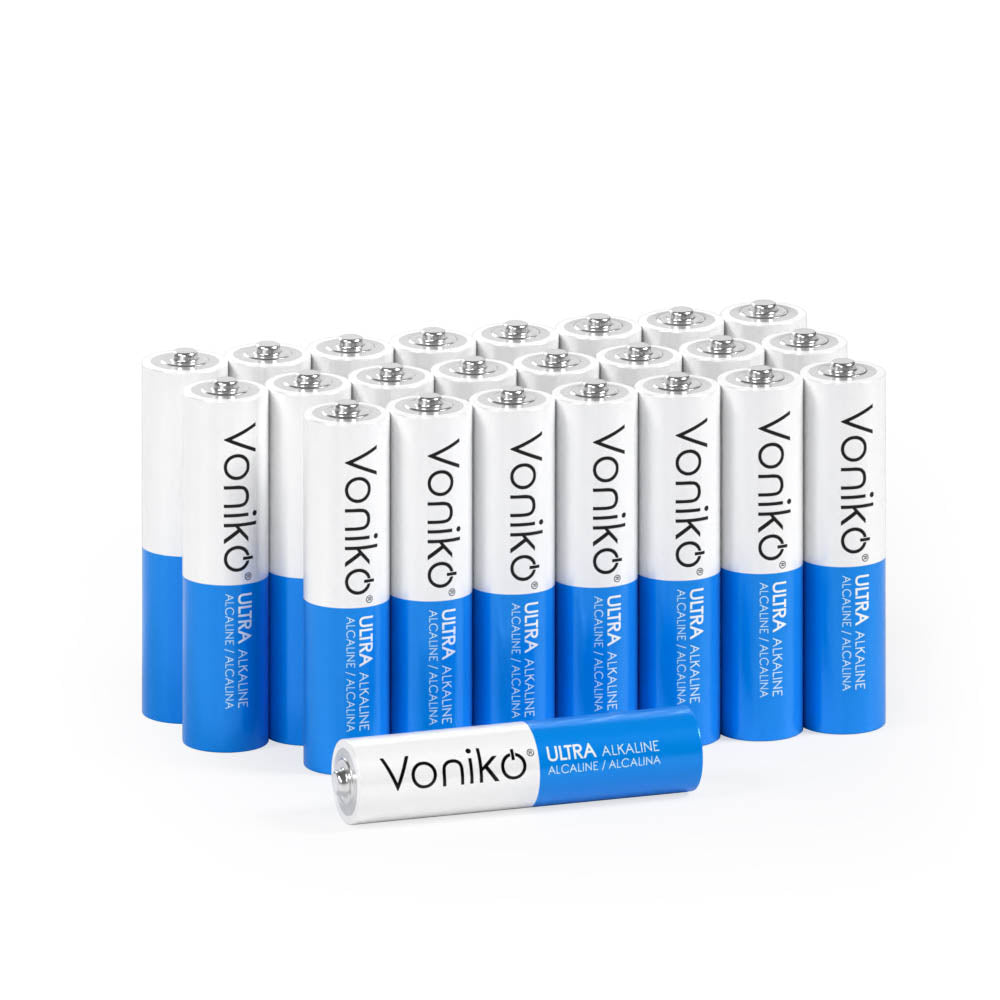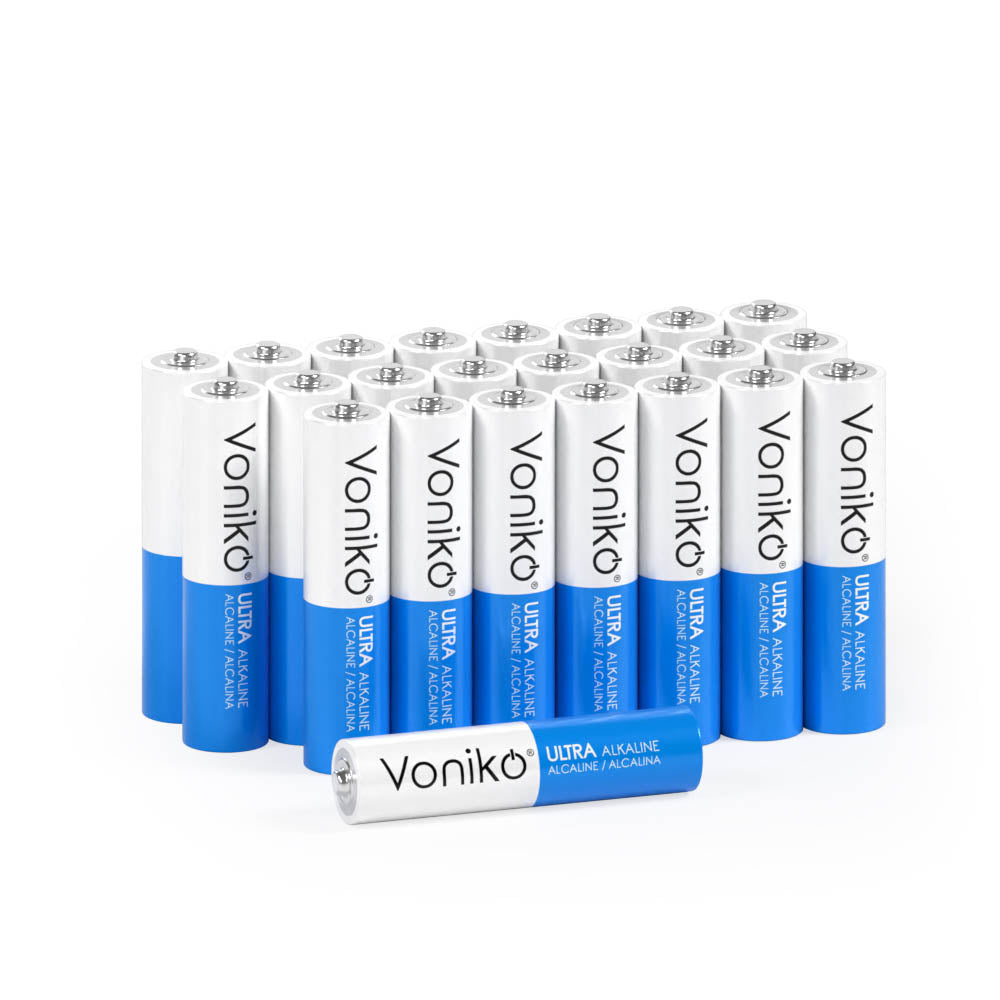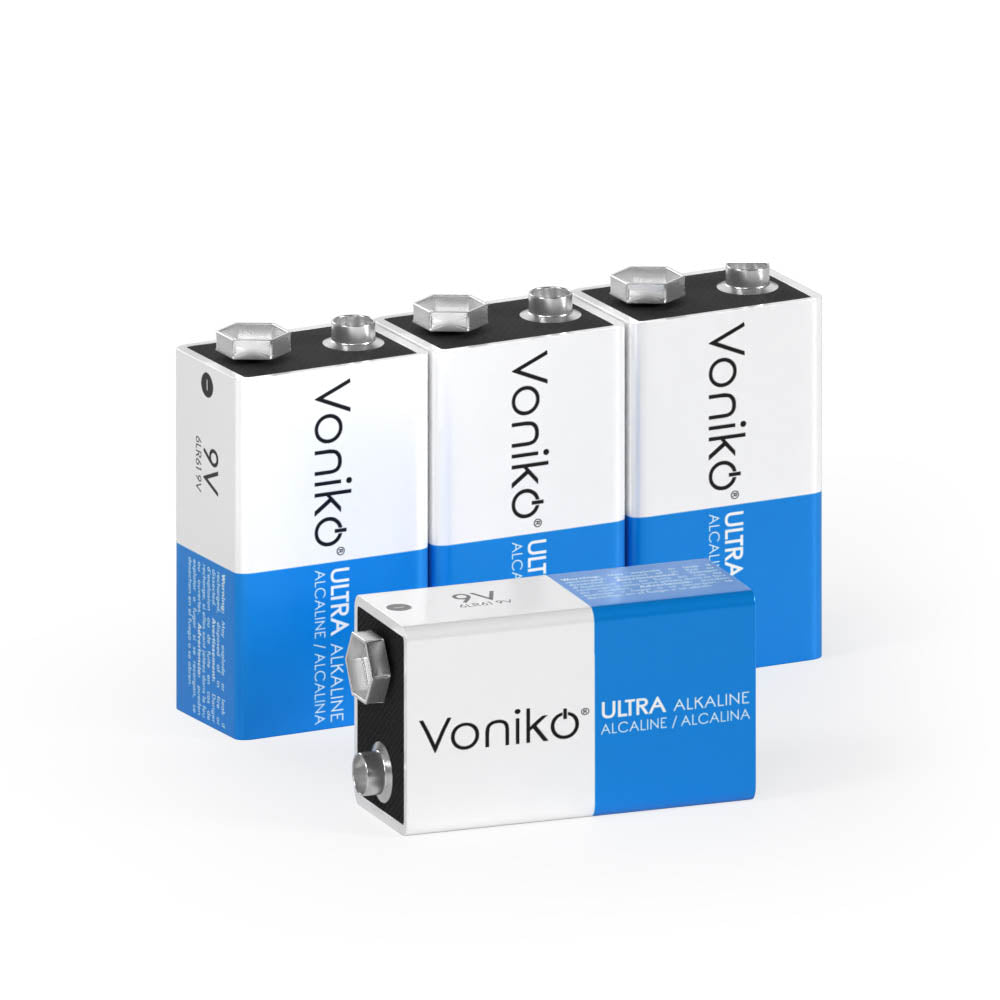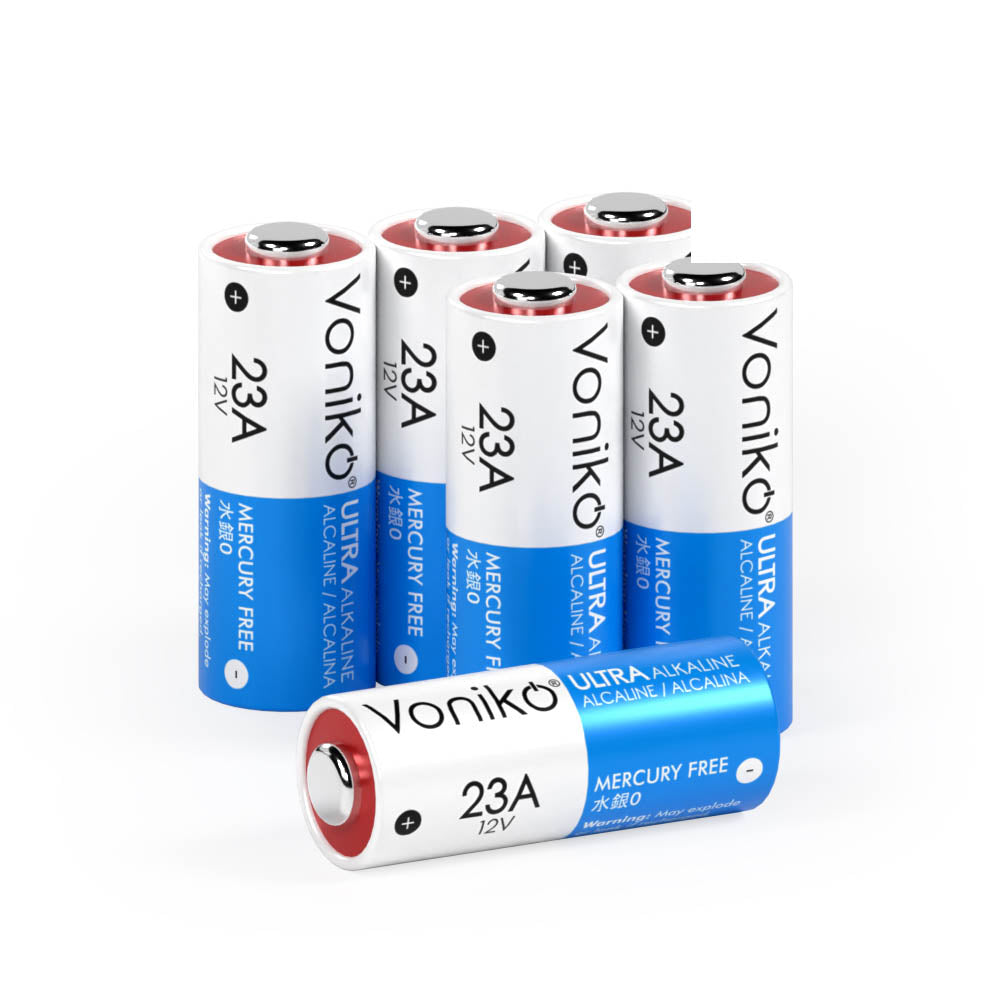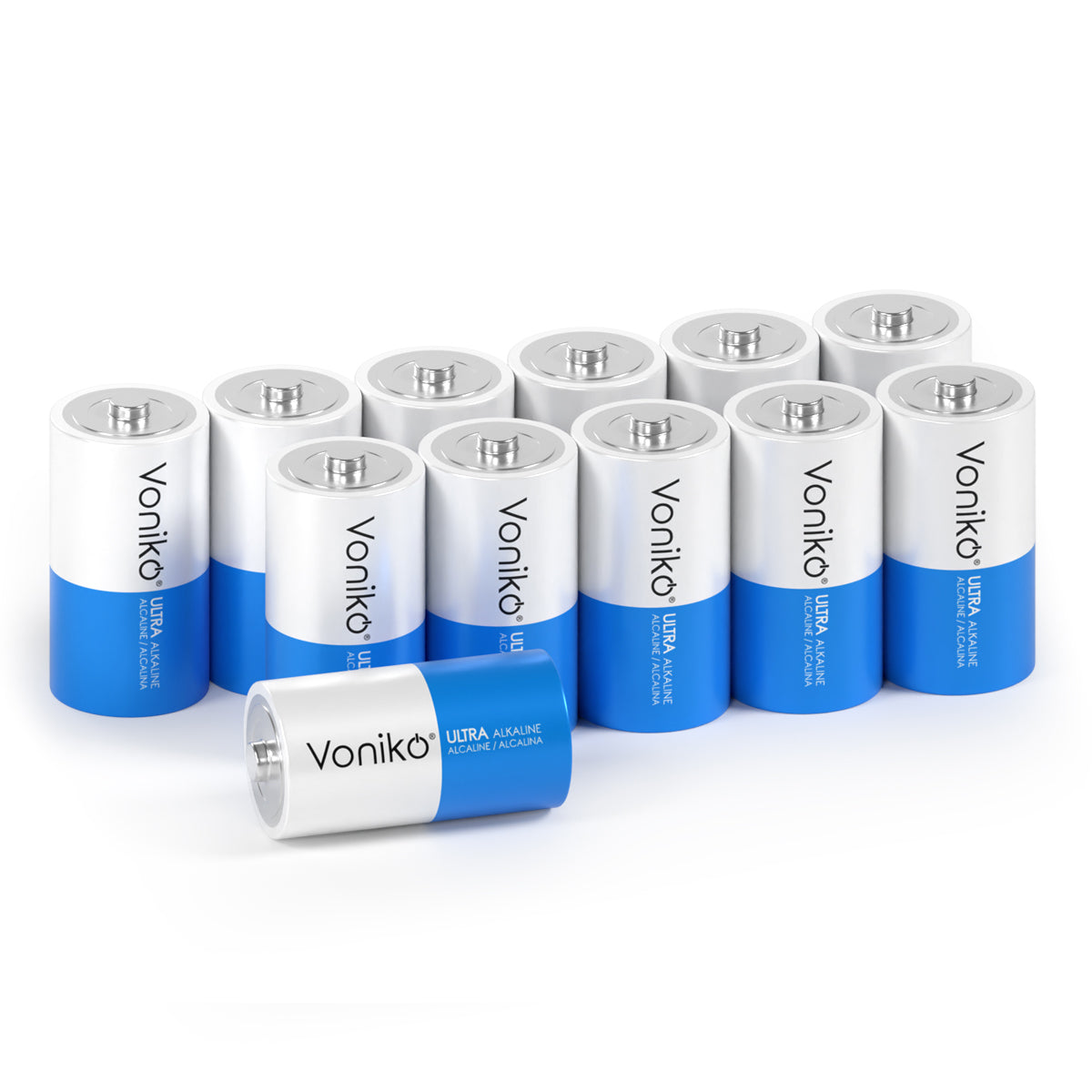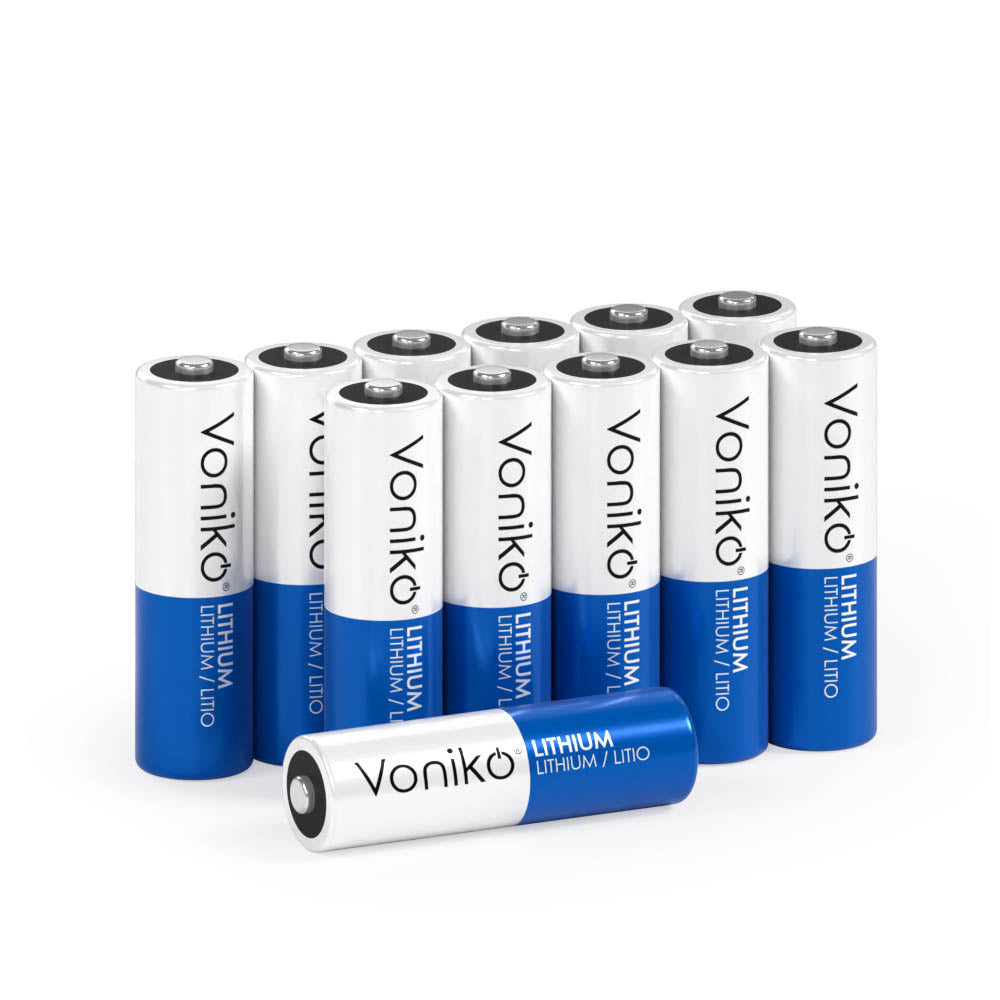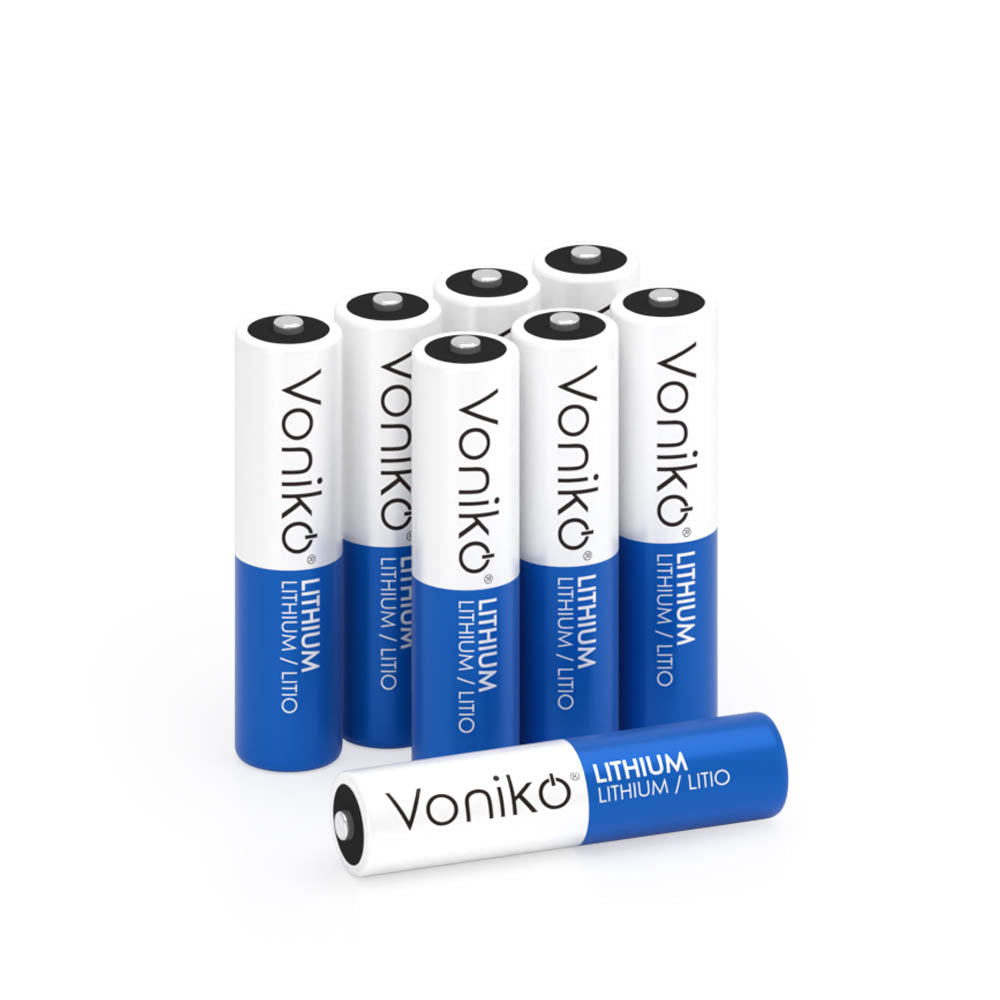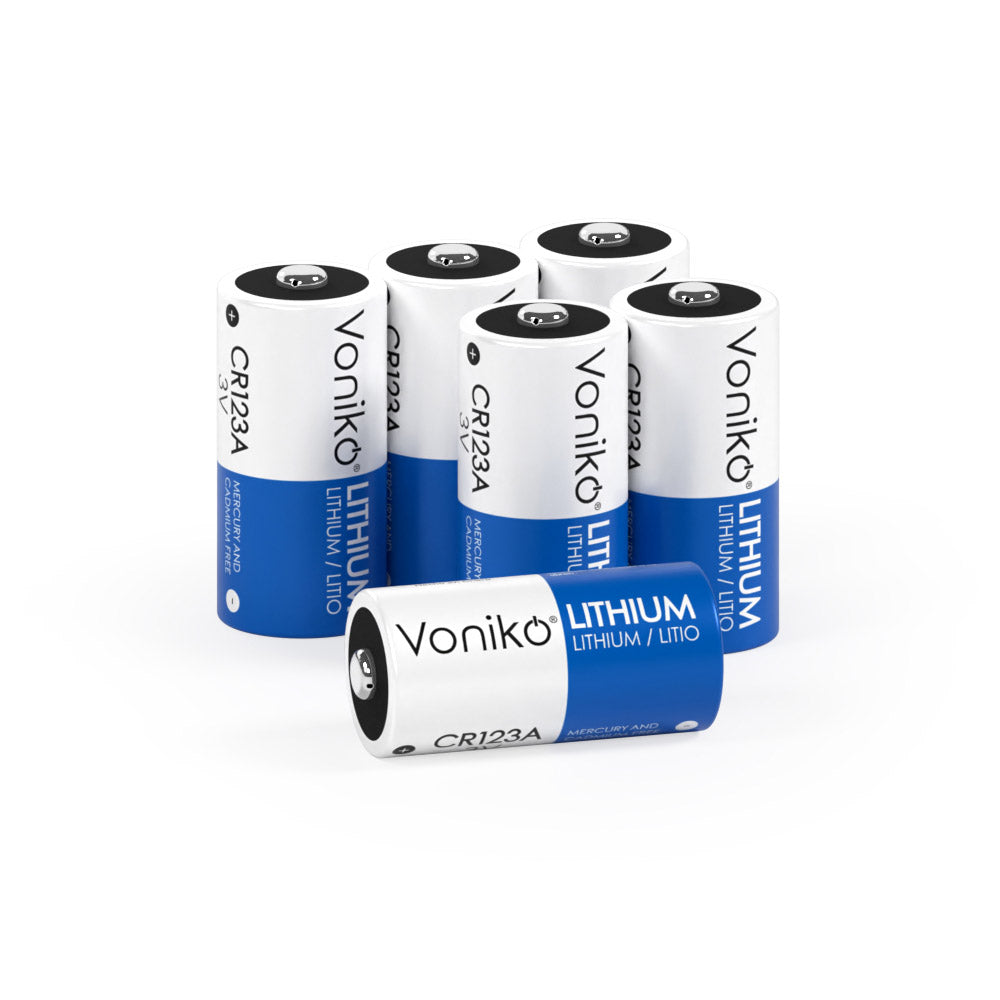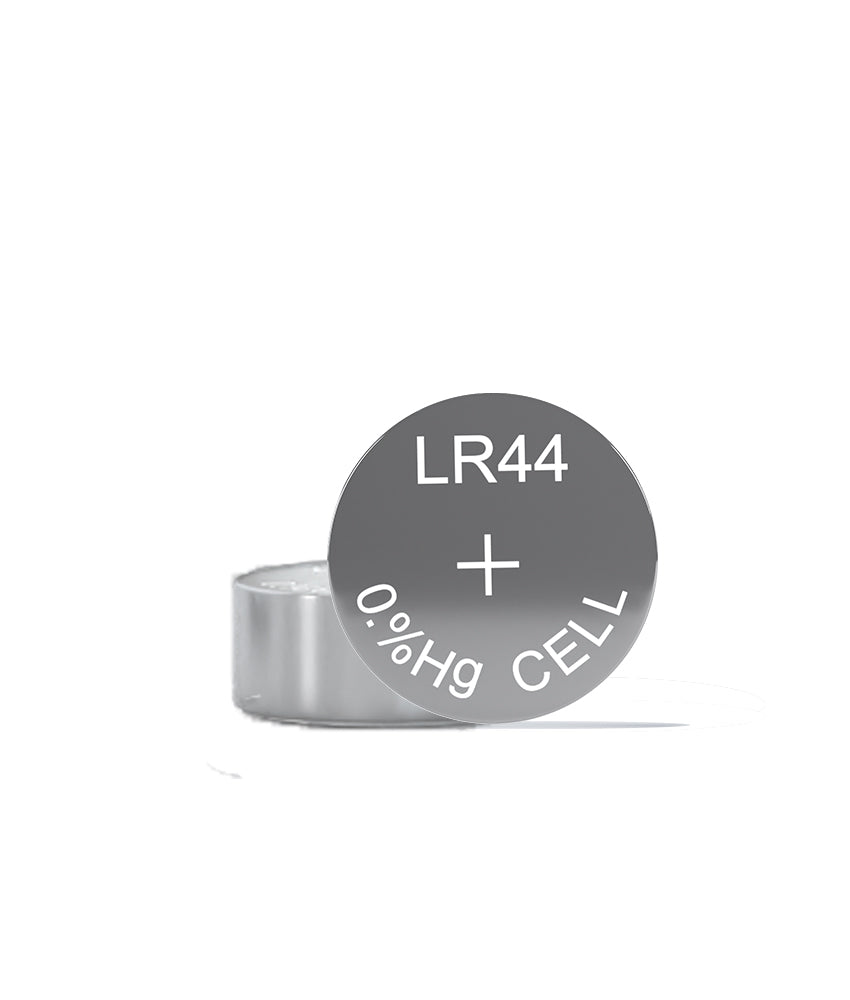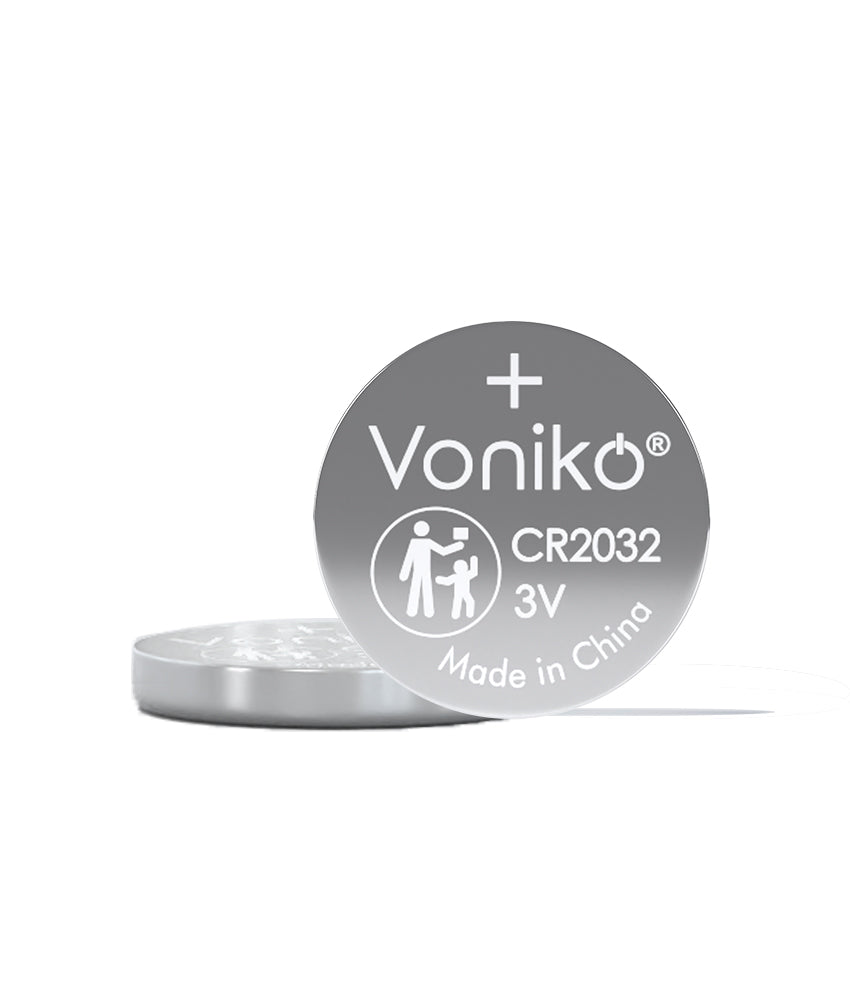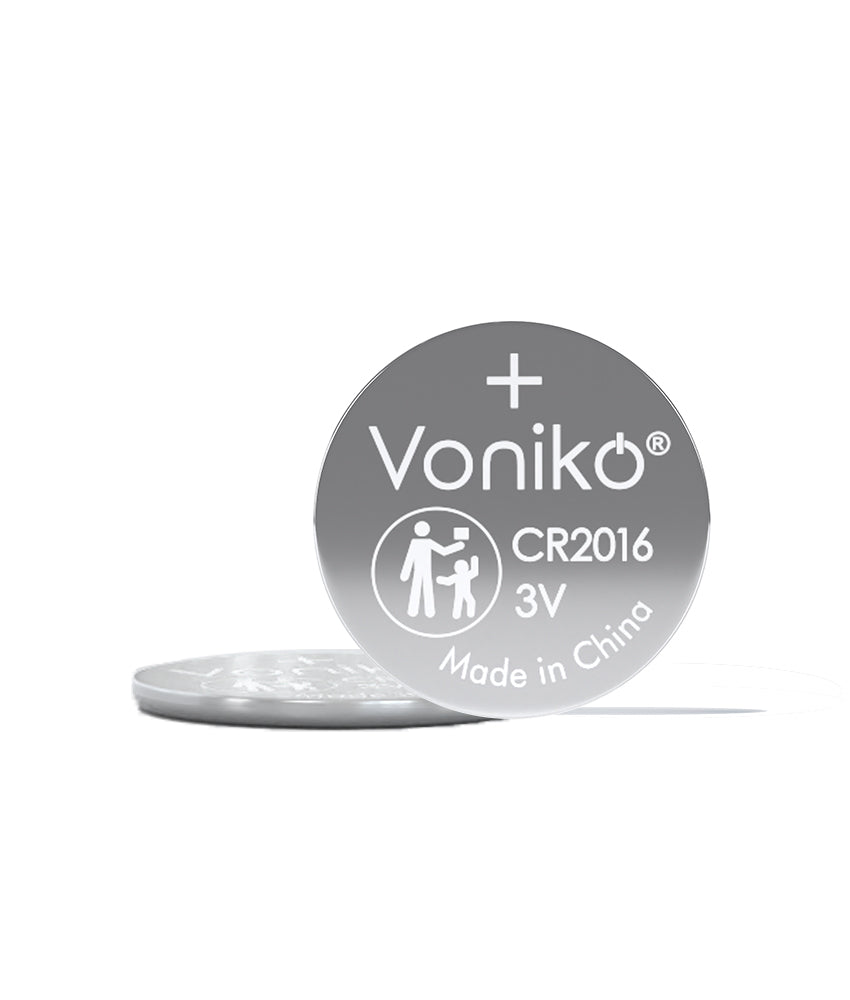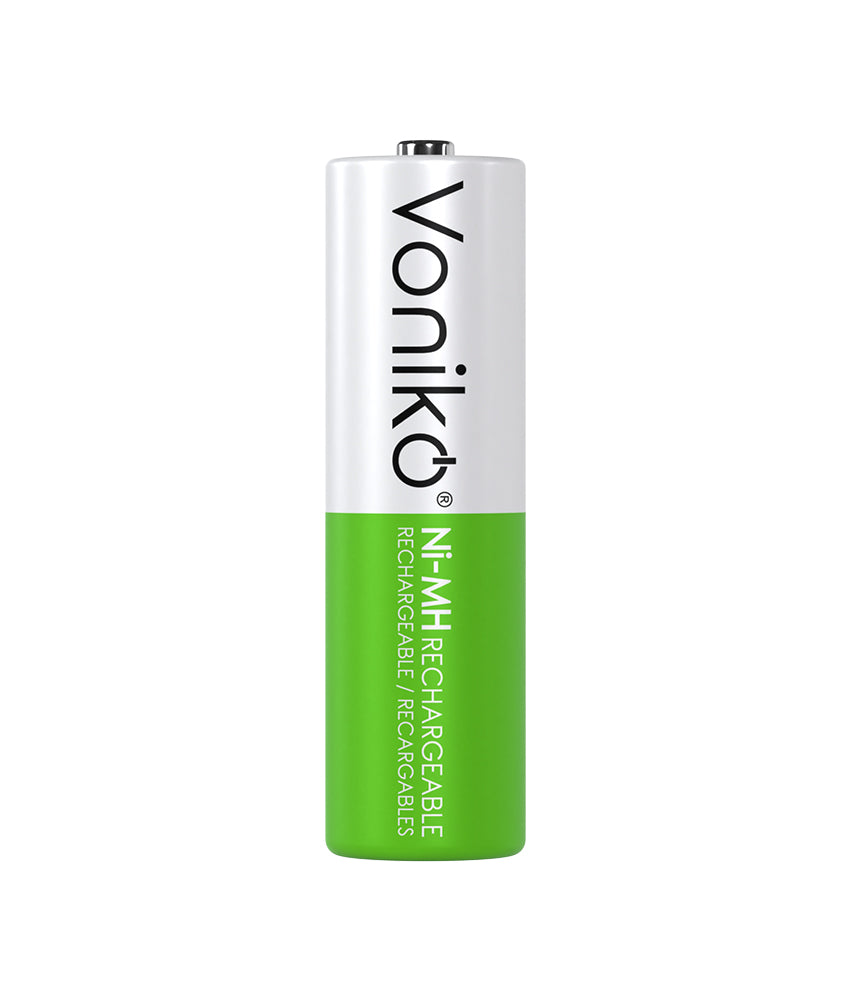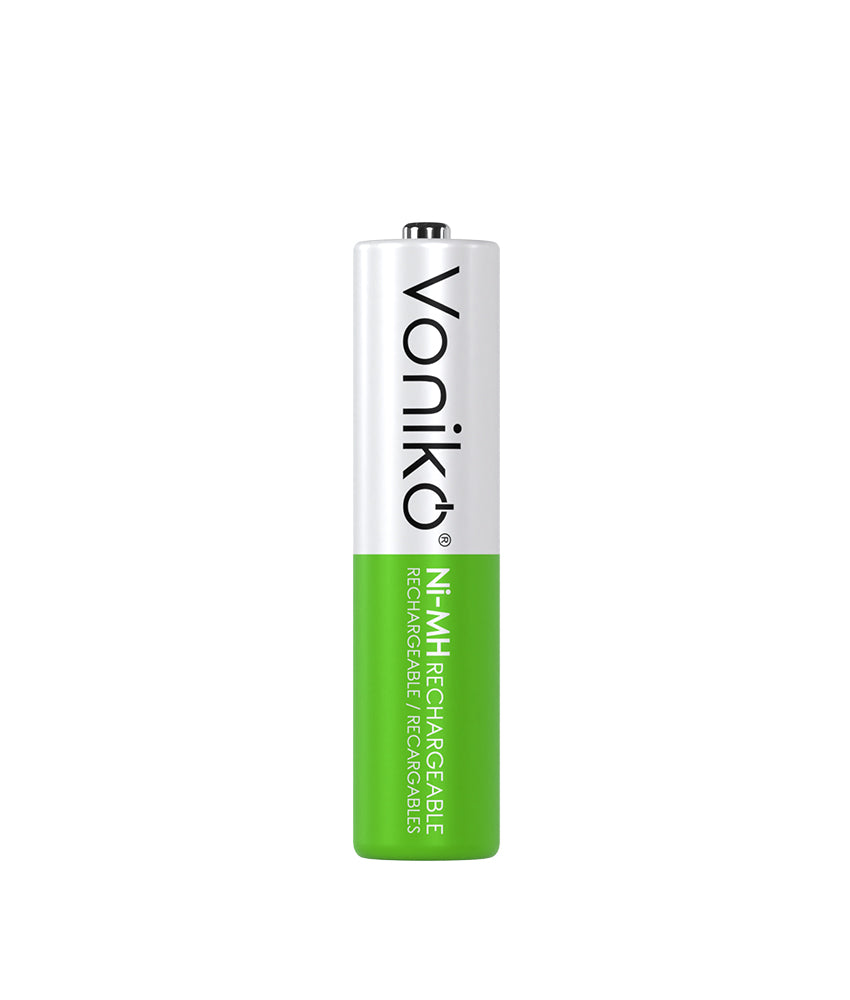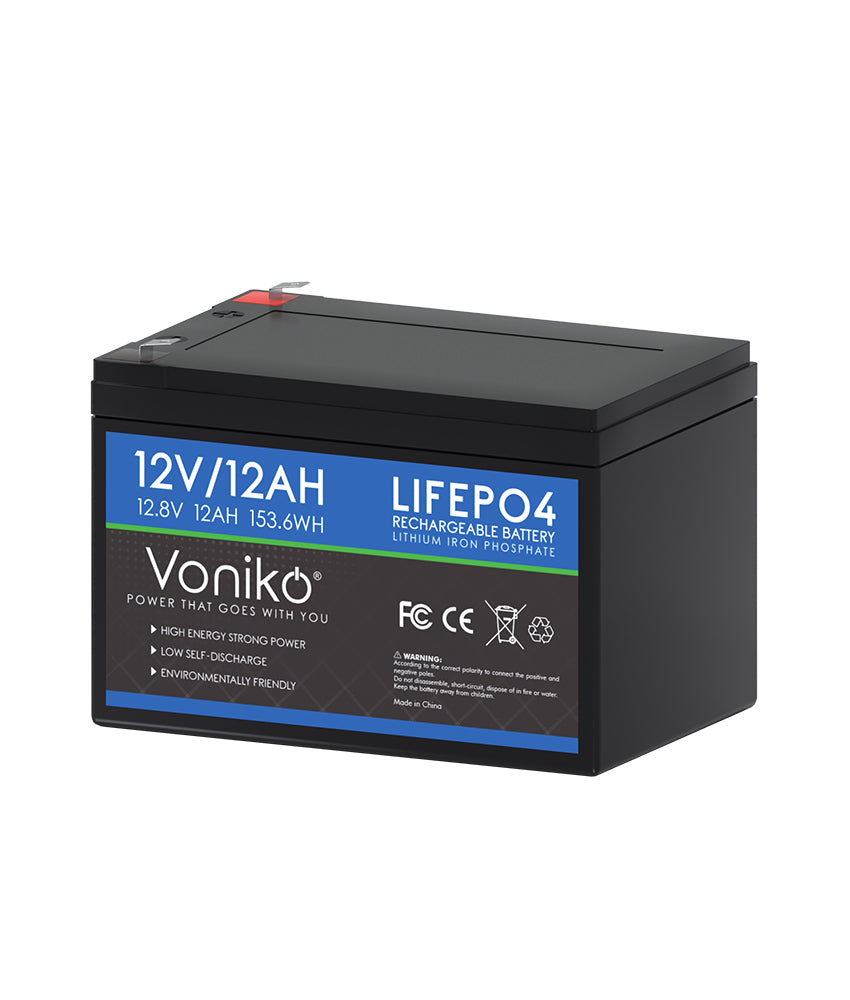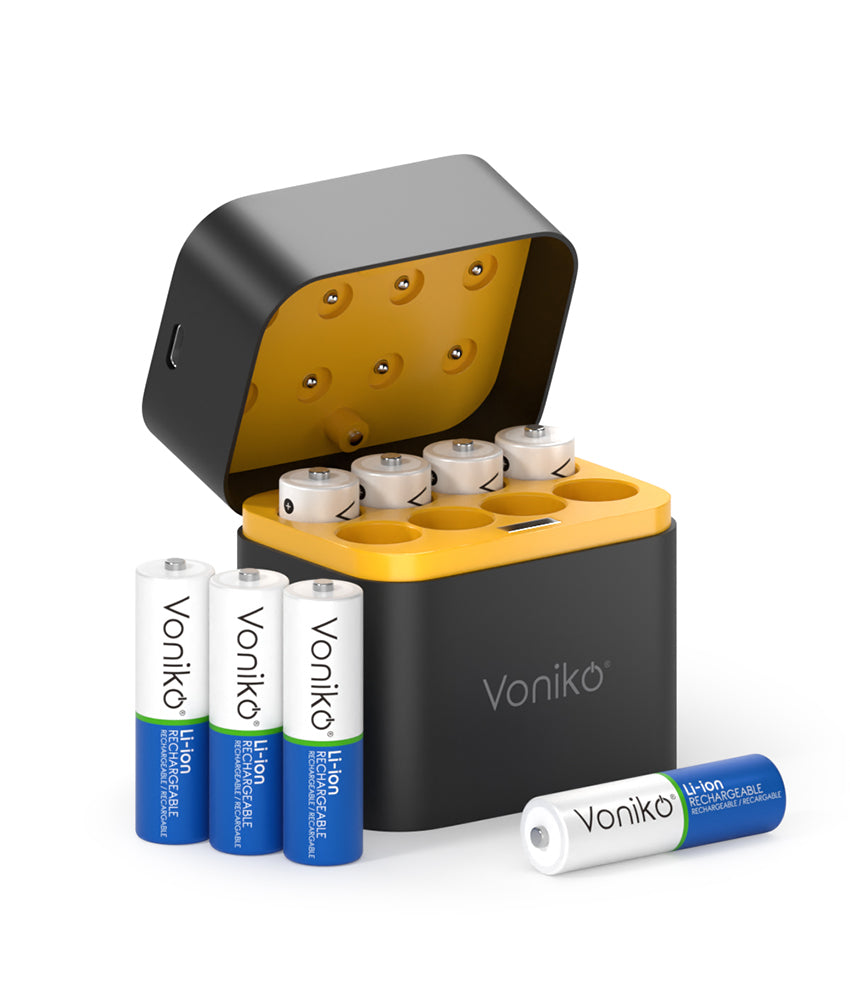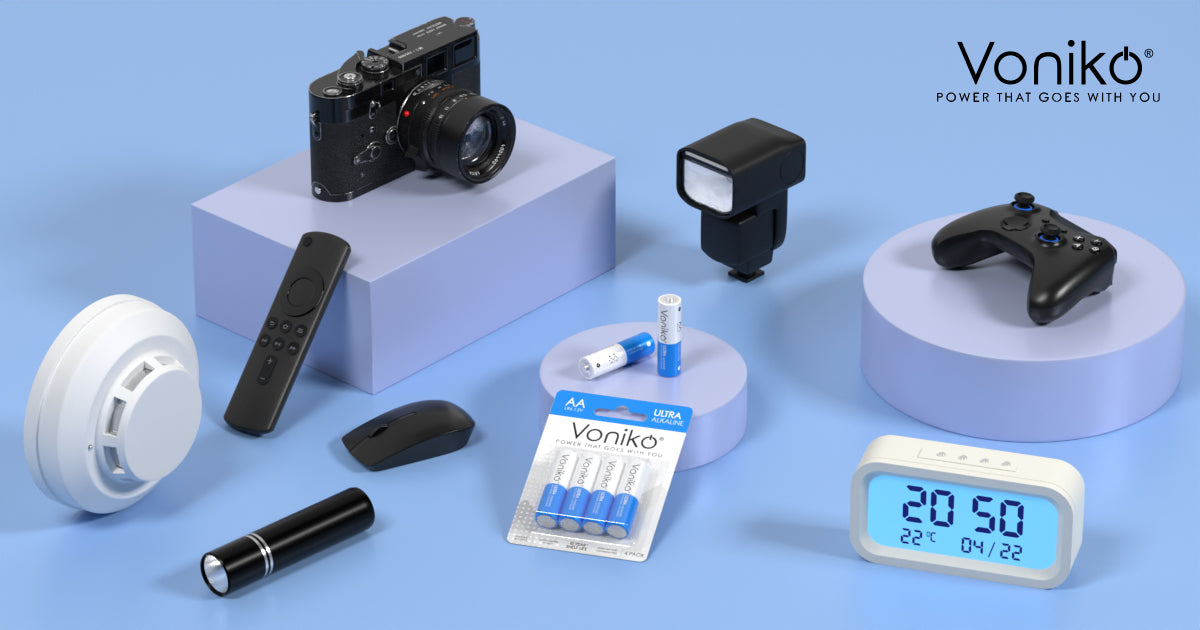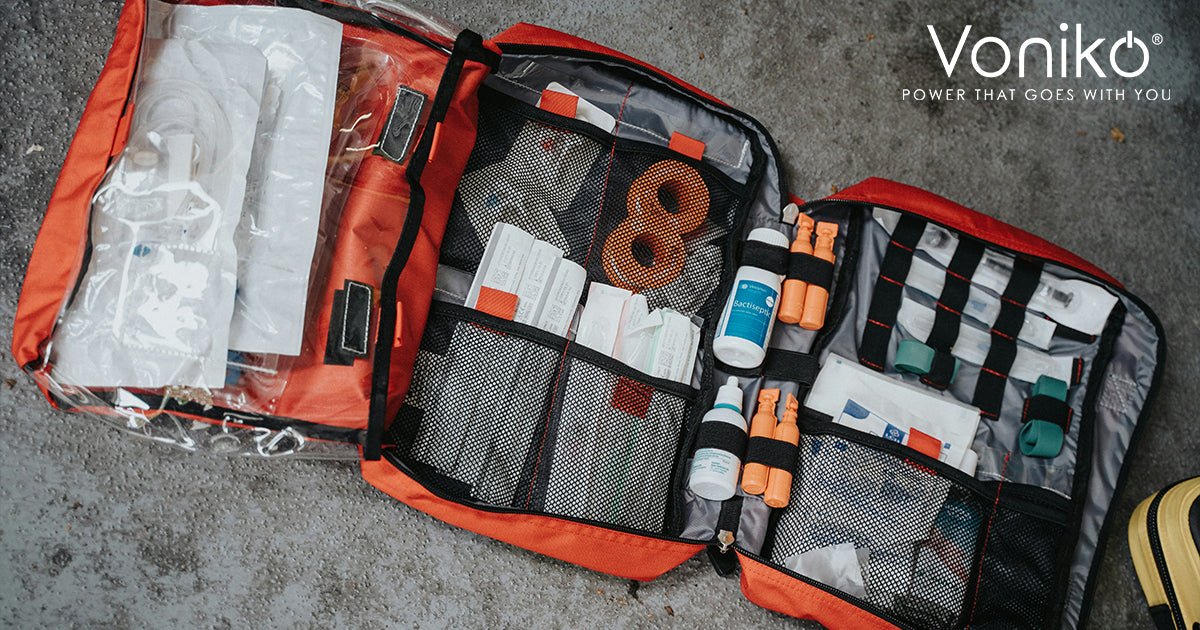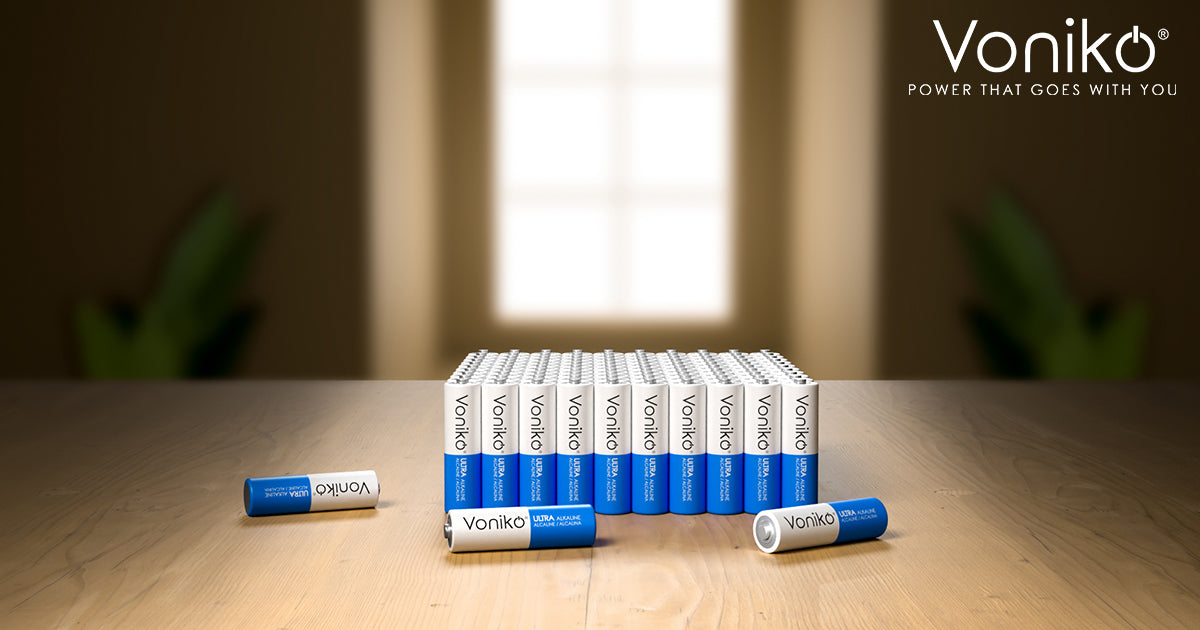From your TV remotes to smoke detectors, from kitchen gadgets to toys, smart door locks, there are batteries everywhere. But when should you replace them? What are they called? Simply batteries will do? Definitely not! That's exactly why we have many customers who do not know what batteries they need and come to us.
But they are way different from eacy other—each type has specific applications. That's why we made this easy to understand blog for you to help you quickly understand these differences and find out what batteries your device should need and before going to buy a pack of batteries, also know what to notice and read our battery buyer's guide.
Primary vs. Rechargeable
Batteries fall into two main categories: primary (single-use) and secondary (rechargeable). Primary batteries, like alkaline and lithium, provide immediate convenience with no charging required but must be replaced after depletion. Quite a great type batteries to have in our emergency kit list. Rechargeable batteries, such as NiMH and Li-ion, offer long-term cost savings and reduced waste but require an initial investment in charging equipment.
The right choice depends on your specific needs: devices used infrequently or in emergency situations often work best with primary batteries, while high-drain or daily-use devices typically benefit from rechargeable options.
Alkaline Batteries

Alkaline batteries remain the most common household battery type, powering everything from remote controls to wall clocks. Their popularity stems from a balanced combination of affordability, availability, and reliable performance in moderate-drain applications.
Premium alkaline batteries like Voniko's AA (2900mAh) and AAA (1300mAh) options offer impressive capacity and shelf life, making them ideal for:
- TV and streaming device remotes
- Wall clocks and timers
- Basic toys and games
- Wireless computer peripherals
- Kitchen gadgets and tools
- Bathroom scales
- Basic flashlights
- Smoke detectors (9V alkaline)
The advanced formulation in premium alkaline batteries provides significantly longer runtime than economy versions, with technologies like Power Lock™ ensuring they remain fresh on the shelf for up to 10 years.
Lithium Batteries

When consistent performance and longevity matter most, lithium batteries deliver exceptional value despite their higher initial cost. Their lightweight design, extended capacity, and superior extreme-temperature performance make them the preferred choice for high-drain devices and critical applications.
Devices that benefit most from lithium batteries include:
- Digital cameras and photography equipment
- GPS devices and outdoor electronics
- High-powered LED flashlights
- Security system components
- Medical devices and health monitors
- Smart home sensors
- Smoke and carbon monoxide detectors
- Emergency weather radios
Lithium batteries like Voniko's AA (3000mAh) and 9V (800mAh) options provide up to 4× longer life in high-drain devices compared to standard alkaline alternatives. Their stable voltage delivery ensures consistent device performance from first use to last.
Coin Cell Batteries

Despite their diminutive size, coin cell batteries power an impressive array of compact devices we use daily. These small but mighty power sources come in various sizes (CR2032, CR2025, CR2016, and LR44 being the most common), each designed for specific applications.
Common devices powered by coin cell batteries include:
- Car key fobs and keyless entry systems
- Fitness trackers and heart rate monitors
- Glucose meters and small medical devices
- Digital thermometers
- Calculators and small electronics
- Computer motherboards (CMOS battery)
- Small LED lights and bike accessories
- Children's light-up shoes and toys
- Watches and clocks
The long shelf life of lithium coin cells (up to 10 years) makes them particularly valuable for low-drain, long-term applications. Their flat design allows for integration into increasingly compact modern devices.
Rechargeable NiMH Batteries![]()

For environmentally conscious consumers and those using high-drain devices regularly, rechargeable Nickel-Metal Hydride (NiMH) batteries offer compelling advantages. Modern NiMH batteries like Voniko's AA (2100mAh) and AAA (850mAh) options provide high capacity, minimal self-discharge, and exceptional cycling performance.
Devices that benefit most from NiMH rechargeable batteries include:
- Digital cameras and flash units
- Wireless gaming controllers
- RC toys and hobby equipment
- Portable audio players and speakers
- High-drain children's toys
- Frequently used flashlights and headlamps
- Wireless keyboards and mice
- Baby monitors and nursery equipment
With the ability to be recharged 500-1000 times, quality NiMH batteries can replace hundreds of alkaline batteries over their lifetime, significantly reducing environmental impact and long-term cost.
Common Devices and Their Battery Types
| Device Category | Specific Examples | Common Battery Types |
| Home Safety | Smoke Detectors | 9V Alkaline or Lithium |
| Carbon Monoxide Alarms | 9V or AA Lithium | |
| Security System Sensors | CR123A, AA Lithium | |
| Remote Controls | TV/Media Remotes | AAA or AA Alkaline |
| Garage Door Openers | 23A 12V, A27 12V | |
| Car Key Fobs | CR2032, CR2025 | |
| Kitchen Gadgets | Digital Kitchen Scales | AA, AAA Alkaline or CR2032 |
| Kitchen Timers | AAA Alkaline, LR44 | |
| Meat Thermometers | LR44, CR2032 | |
| Personal Care | Digital Bathroom Scales | AA, AAA Alkaline |
| Electric Toothbrushes | Rechargeable NiMH, Li-ion | |
| Digital Thermometers | LR41, CR2032 | |
| Portable Audio | Headphones/Earbuds | Rechargeable Li-ion |
| Bluetooth Speakers | Rechargeable Li-ion | |
| Portable Radios | AA, AAA Alkaline or NiMH | |
| Photography | Digital Cameras | Proprietary Li-ion, AA Lithium |
| Camera Flash Units | AA NiMH | |
| Camera Remote Controls | CR2032, CR2025 | |
| Children's Items | Basic Toys | AA, AAA Alkaline |
| High-Drain Toys | AA, AAA NiMH | |
| Light-up Shoes | CR2032 | |
| Wearable Tech | Fitness Trackers | Rechargeable Li-ion |
| Smartwatches | Rechargeable Li-ion | |
| Analog Watches | SR626SW, CR2032 | |
| Emergency Items | Flashlights | AA, AAA Lithium or NiMH |
| Emergency Radios | AA, Rechargeable Li-ion | |
| Headlamps | AAA, AA Lithium or NiMH | |
| Smart Home | Door/Window Sensors | CR2032, CR123A |
| Motion Detectors | AA Lithium or CR123A | |
| Smart Locks | AA Lithium | |
| Computer Peripherals | Wireless Mouse | AA, AAA Alkaline or NiMH |
| Wireless Keyboard | AA, AAA Alkaline or NiMH | |
| Motherboard CMOS | CR2032 | |
| Clocks & Timers | Wall Clocks | AA Alkaline |
| Alarm Clocks | AA, AAA Alkaline (backup) | |
| Timers/Stopwatches | SR44, CR2032 | |
| Medical Devices | Blood Glucose Meters | CR2032, CR2025, AAA |
| Blood Pressure Monitors | AA Alkaline | |
| Hearing Aids | Zinc-Air (10, 13, 312, 675) |
Specialty Batteries
Beyond standard consumer batteries, specialty types serve specific devices with unique power requirements:
23A 12V Batteries power garage door openers, remote transmitters, wireless doorbells, and car alarms. Their small cylinder shape houses a surprising amount of power for intermittent, high-voltage needs.
CR123A Batteries deliver powerful 3V lithium performance for security cameras, high-intensity flashlights, photo equipment, and outdoor devices requiring reliable operation in extreme conditions.
CR2 Batteries power specialized cameras, rangefinders, medical devices, and some high-end flashlights where their compact size and high energy density prove advantageous.
Choosing the Right Battery: Performance Factors to Consider
When selecting batteries for your devices, several key factors should influence your decision:
1. Device Power Requirements: High-drain devices like digital cameras benefit from lithium or NiMH batteries, while low-drain devices like remote controls operate efficiently with alkaline batteries.
2. Usage Frequency: Frequently used devices often provide better value with rechargeable batteries, despite higher initial cost.
3. Critical Nature: For safety devices like smoke detectors or emergency equipment, premium lithium batteries offer the reliability and longevity that justify their additional cost.
4. Environmental Conditions: Devices used outdoors or in temperature extremes perform better with lithium batteries, which maintain effectiveness from -40°F to 140°F.
5. Shelf Life Requirements: For emergency preparedness or infrequently used devices, long shelf life becomes paramount—making premium alkaline or lithium batteries with 10-year shelf life ideal choices.

